|
Well…Piper’s…It’s about that time…Again. The old man is off the couch (and has been thinking of you.) The urge to share finally overcame stasis. Since Pete the Plumber last burdened your ears, several fresh water scandals have made the author feel a tiny bit: “I told you so”. (He’s preached in past blogs). The Always Question: Are you prepared for interruptions? Always a good question. But, before going any further on that topic, Pete wants to ‘talk’ about an idea which has ‘cooked’ long enough to demand escape... It (idea) was sparked when a nephew (who is in the ‘biz’ in Orlando) sent the author a brochure on an industrial Stainless Steel DWV system designed for industries like breweries, laboratories and food processors. Pete couldn’t help but see the possibility for a future residential version. This possibility is the focus of this Pipe. (Disclaimer: The author does not expect to still own consciousness if or when such a new product line materializes.) Ever since the early development of “push-together” pressure fittings for Fresh Water (Photos 1 & 1a), the author has seen the Trade’s acceptance for this technology grow, and even extend to Fuel Gas. What were figments of plumbers’ imaginations fifty years ago are now ‘old hat’ plumbing practices. (Did P.O.A.’s (Plumbers of Antiquity) have dreams of advanced technology?) An early developer (1980) of the “Push” fitting type was the British manufacturer Hepworth Building Products which was founded in 1936 in Doncaster. They were originally made of plastic and trade named: Hep20. Today in the U.S. we find brass versions sold under the names Sharkbite, PlumbBite, and Nibco Push. Unfounded Fears Oh, the author recalls “off the clock” discussions amongst his brethren disparaging ‘college students in tennis shoes’ taking our jobs when ABS was newly sanctioned for residential DWV. “Anyone with a hand saw and can of cement could work the material.” Of course that was a naïve perspective. ‘What to do’ with the pipe and fittings (essence of being a journeyman plumber) was not automatically dispensed along with your receipt from the supply house. A familiar sense of superiority and disdain accompanied the development of “push” fittings for Water Supply. “Anyone can merely cut the pipe and jam the components together.” A novice could install an entire FWDS (Fresh Water Distribution System) using a tubing cutter and “push” fittings. No flame & flux/ solder; no ratchet dies and oil; no primer and cement. Same rational response: “Don’t be silly.” It’s what you know. When Pete (as an apprentice) was on his knees in a trench pouring molten lead joints on sewer laterals could he see what was coming (in a few short years): No-Hub pipe and couplings? He thinks he might be in a similar situation presently: another ‘college students in tennis shoes’ plumbing revelation. This time around it is again (he thinks) (any bookies?) a DWV involvement/development. This time the surprise is a DWV fitting and piping system made of stainless steel that employs a “Push” joinery methodology. Being made of stainless steel it is of course very expensive. Only money making enterprises who can recoup the purchase cost can afford the stuff. But that is the way many innovations become mainstream. Start out as specialized answers for specialized industries and through time and acceptance become a ubiquitous item/system in the Big Box warehouse stores. As the author noted the stainless steel DWV “push” system he is bringing to your attention is prohibitively expensive for residential applications, but he believes there is a chance that this technology could become commonplace in the DWV practice with a materials substitution to Schedule 40 PVC. With the same jaundiced eye yours truly earlier viewed ‘No-Hub’ and FWDS push fittings, methinks the result may be the same: eventual industry wide acceptance of ‘push DWV’ (in plastics). The Line-Up The pictures of the BLÜCHER (a Watts Company Brand) SS DWV system the author employed for this Pipe: (Photos 2, 2a, 3, 4, 5, 6, 7, & 8) at the end of the article, are cropped iPhone shots by yours truly taken from the manufacturer’s paper sales media. *Pete has not worked with this material. But from his exotic metals experience in R&D steam plumbing he recognized immediately the limitations of sheet-welding compound curves Photo 2a. The Pit In The Olive It may be the realization of the possible superior shape/formed injected molded plastic fitting (by comparison) that the concept of economically producing “push-together” PVC DWV fittings for Residential construction is why the possibility is so intriguing.(ABS pipe would be disqualified because of the foam core.) The beautiful specimens shown are works of art, but their cost reflects that fact. Why? It’s the material/labor costs. The beautiful specimens are made of stainless to handle chemicals of multitude stripes in multiple industries. But for housing? PVC (Poly Vinyl Chloride) pipe and fittings have already proven themselves in this industry. It is of the author’s opinion that with the necessary hub modifications of present, cemented, PVC fittings… to DWV PUSH fittings, another ‘kids in Keds’ revolution may unfold. Now, yours truly knows from laying large diameter “push” plastic sewer line (gasket-ed bell) (Photo 9, above) that successful pipe-end-to-fitting hub and pipe-end-to additional pipe bell joinery requires that a certain amount of precision be maintained on pre-assembly pipe edge chamfer. Almost any cut-to-length plastic push-together joinery is possible (with a lubricant ) to accomplish in the field, with some skill and quality made hand tools. For a residential sized application with custom cut Schedule 40 pipe, Pete realizes that, tooling (either with power or by hand) which will produce a rather precision chamfer on male, custom cut to length Schedule 40 PVC pipe ends, needs to be in the plumber’s tool kit. (It would simply take too much time (to compete with ‘cemented’ joinery) to hand shape acceptable pipe end chamfers with simple files. Photos 10, 10a, 10b, 10c & 10d are examples of available specialized manual tooling. For a plumber who would choose to pursue PVC DWV Push installations there are drill powered chamfer tools which accommodate the common diameters of DWV piping. Photos 11, 11a & 12 are two examples of easily affordable drill powered options. What’s That Terrible Smell Now. What would we gain with a push joint versus the popular primer-cement joining method for plastic residential DWV? Well, to begin with, the avoidance of working with dangerous (to the plumber) vapors/gasses escaping from PVC Purple Primer and PVC cements (in all of their viscosities) which is also a serious health concern to societies who must deal with strict disposal rules (and $$$$) for abandoned and dumped surplus chemicals (and sometimes a costly surprise to an errant consumer offender). And, a possible ability to “swivel fit” the components. With cemented DWV the plumber only has a second or two (ambient temperature) to ‘twist’ pipe and fitting to final “set”. With elastomeric seals in push fittings, rotation is not time-limited. The plumber would be able to create DWV of improved performance. With a PVC DWV “Push” fitting, current and past measuring and cutting tools would also still remain relevant. Of course plumbers would encounter situations where due to structural realities they have no choice but to substitute a space saving cement cured fitting. (An analogy exists for plumbers employing the larger press copper fittings in FWD (Fresh Water Distribution) due to tight space conditions : revert to a sweat joint. Just for fun, let’s do a parts cost estimate by using BLÜCHER SS Push DWV catalog figures and re-creating a DWV pattern from Plumbing A House. Let’s go with Pattern 1, page 102, Photo 13. This pattern is a very common one. For fittings we have:
Now, the BLÜCHER Company’s price is the material, in all of its pro’s and con’s, and their labor (including machinery costs). The author in no way is demeaning the manufacturer. He’d wager that for what you want (in that material), their price is very reasonable.
A plastic injection moulding set-up (to the contrary) producing Schedule 40 PVC pipe is not much more bulk than several modern washing machines resting side by side. The author confesses he has not observed plastic ejection equipment popping out DWV fittings. But, he questions not that the manufacturing square footage required and cost to produce equivalent sized residential DWV components, in each material, would be drastically less for the PVC. And thus drastically more economical for the less technically challenging residential market. Yours truly had fun with this Pipe. It is fun to daydream new plumber’s tools and fittings, and guess at what’s coming next. And water, in all its possibilities, constantly ‘floats his boat’. If/whenever plumber Pete sees a ‘new angle’ (possibility), rest assured he won’t spare you bending your ear. Until Then, PtP
0 Comments
Your comment will be posted after it is approved.
Leave a Reply. |
Author
Peter Hemp is a San Francisco East Bay residential plumber and plumbing author and former R & D steam vehicle plumber. His hobbies are ocean kayaking and touring the Left Coast by bicycle. Archives
September 2021
Categories |
|
|
Copyright © 2017 - 2022
All Rights Reserved
All Rights Reserved


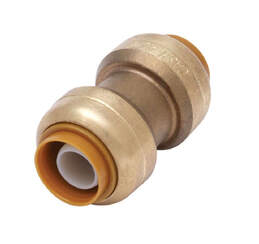
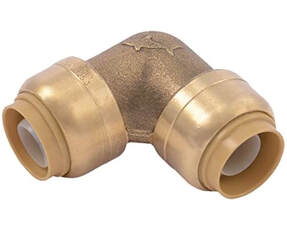
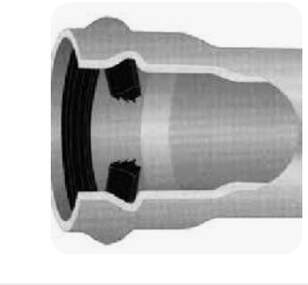
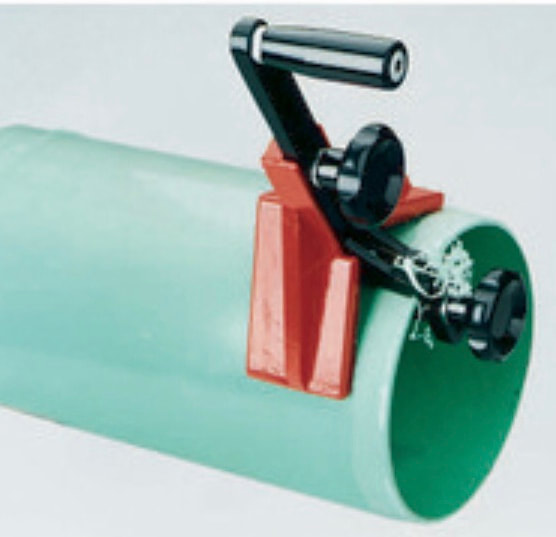
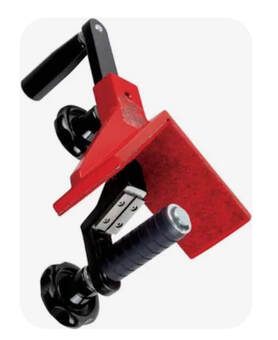
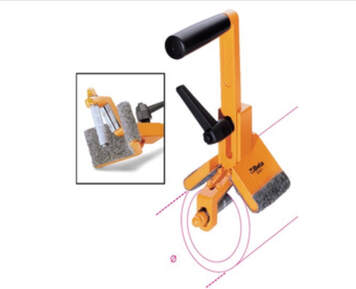
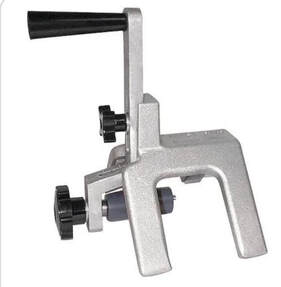
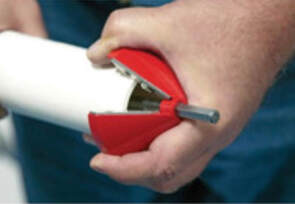
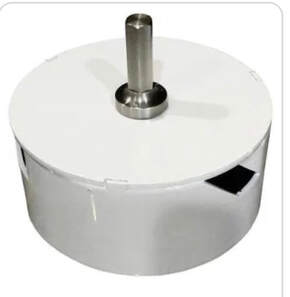
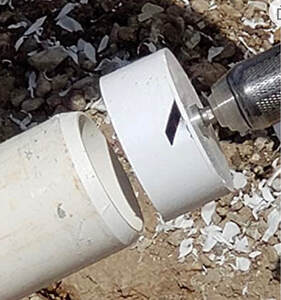

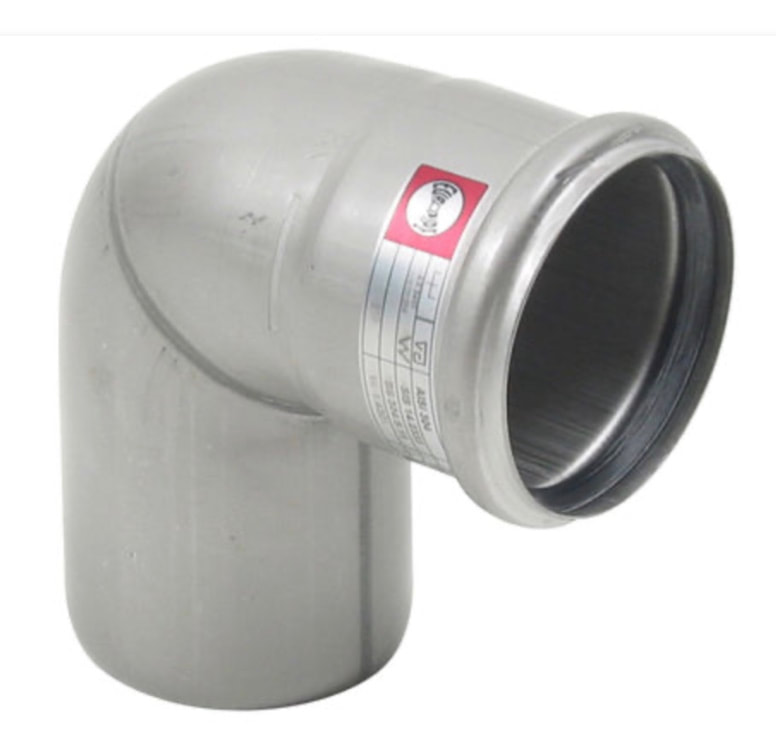
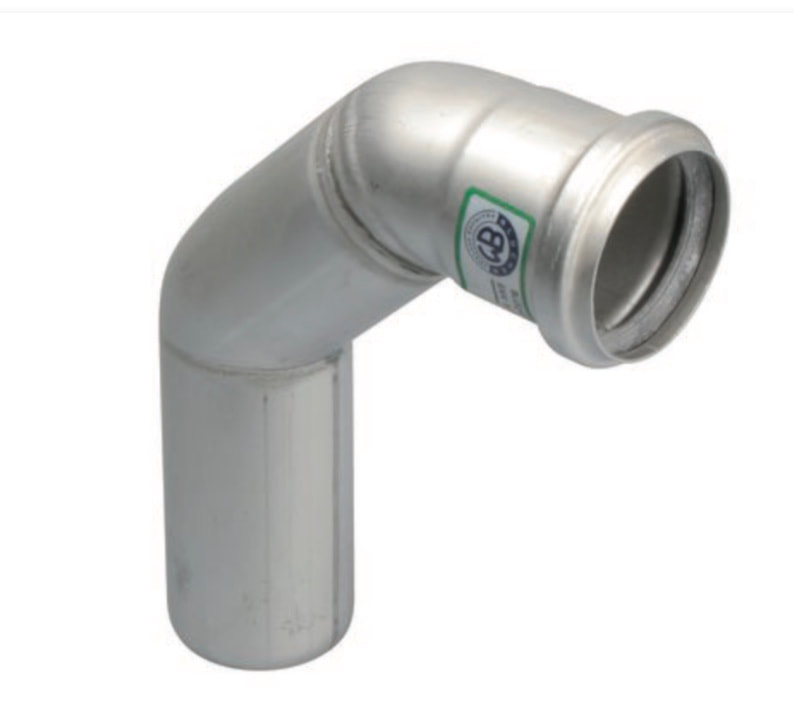
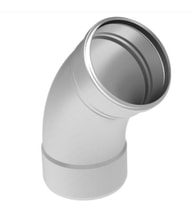
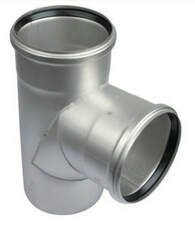
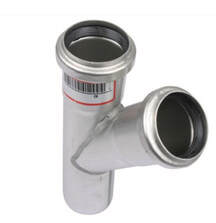
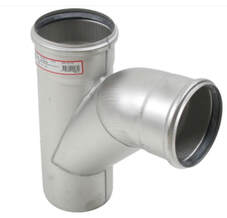


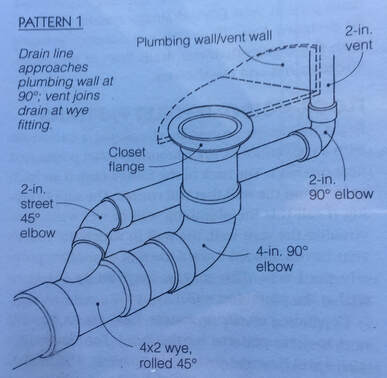
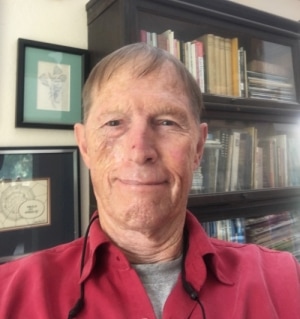
 RSS Feed
RSS Feed